-
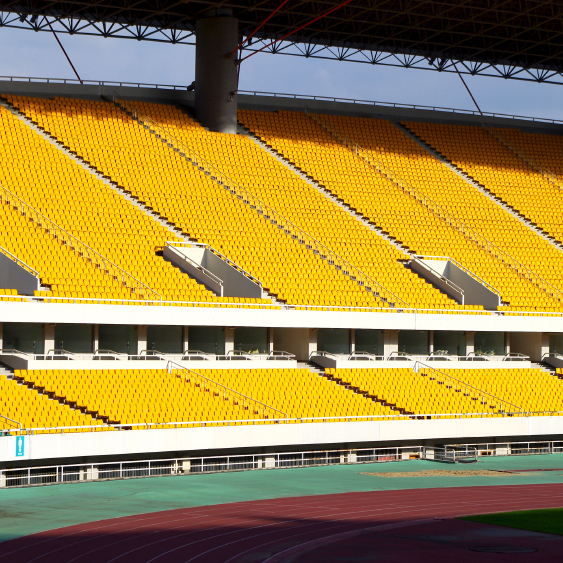
How would you design the seating for an Olympic stadium to give spectators the best view of events? This geometry and modelling activity is designed to be accessible to both GCSE and A-level maths students (Key Stage 4 and Key Stage 5), who can tackle it at different levels.
-

You are designing and marking out the running track for a new Olympic stadium. Where should the staggered starting positions be marked for the 200m and 400m events? This activity is aimed at Key Stage 4 students (age 14-16).
-
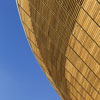
The Velodrome, with its striking curved shape, was the first venue to be completed in the London Olympic Park, and was shortlisted for the 2011 RIBA Stirling Prize, the UK's most prestigious architectural award. This article interviews structural engineers Andrew Weir and Pete Winslow, part of the design team for the Velodrome, to discover how mathematics helped create its iconic shape.
-
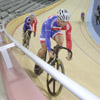
This article explores the Velodrome, the first of the London 2012 venues to be completed. With its sweeping curved roof and beautiful cedar clad exterior the Velodrome is a stunning building. But what most of the athletes are excited about is the elegant wooden cycle track enclosed inside. How does its geometry contribute to speed?
-

Accuracy matters when it comes to building Olympic sports venues. This short article, aimed at older students and the general public, looks at why small errors can have large consequences for record-breaking sporting performance.
-
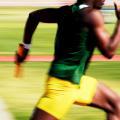
This activity investigates the importance of accurate measurement in competitive sport, looking at examples from athletics and swimming. It is aimed at secondary maths students (Key Stage 4).
-
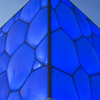
One of the most impressive features of the 2008 Beijing Olympics was the beautiful aquatics venue, known as the Water Cube. Looking as if it was sliced from a giant foam of bubbles, the design was based on an unsolved maths problem. Find out more with this article, aimed at older students and the general public.

